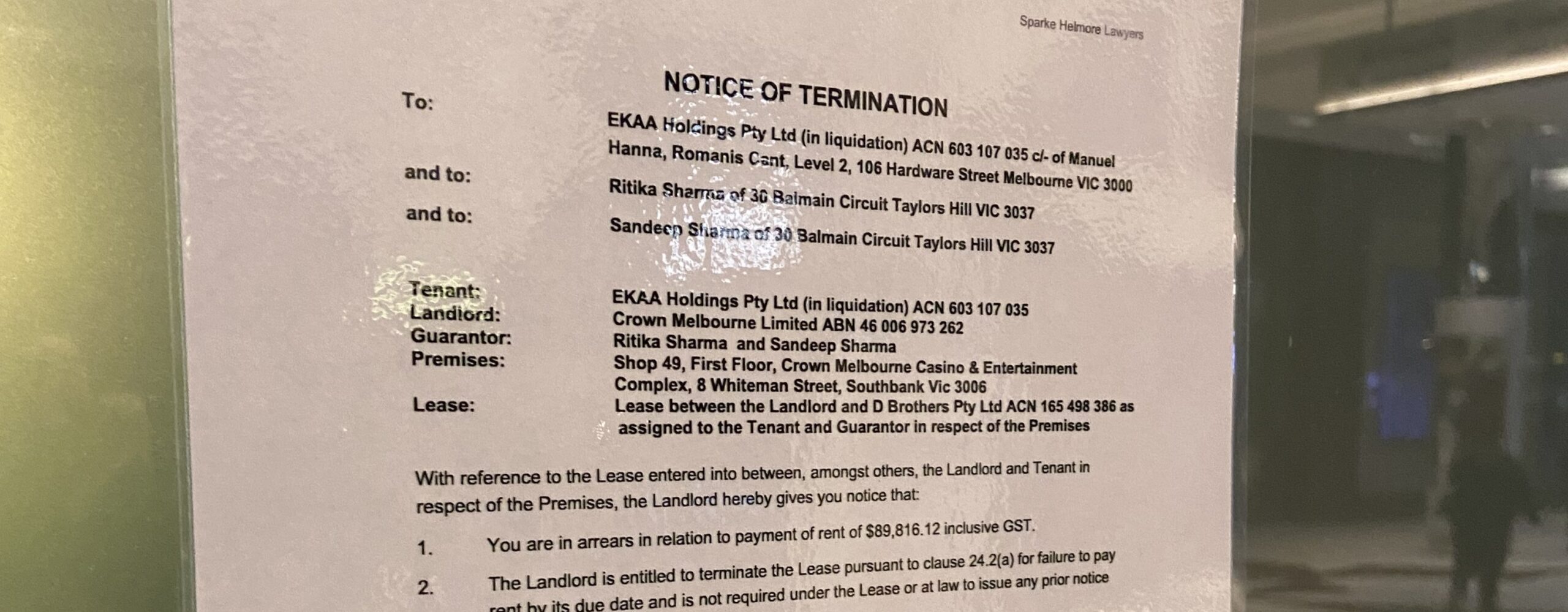and changes in consumer behavior. Here are some of the key ways in which the pandemic affected retail:
- Shift to E-Commerce: One of the most notable trends was the accelerated adoption of e-commerce. With lockdowns and social distancing measures in place, many consumers turned to online shopping for their everyday needs. This led to a surge in online sales for retailers that had a strong online presence.
- Brick-and-Mortar Store Closures: On the flip side, many physical retail stores, especially those in non-essential categories, experienced closures or reduced foot traffic due to lockdowns and safety concerns. Some retailers faced financial difficulties and went out of business.
- Changes in Consumer Behavior: Consumers became more health-conscious and safety-focused. They preferred contactless payment methods, curbside pickup, and delivery options. Shopping in physical stores became a more deliberate and cautious activity.
- Supply Chain Disruptions: The pandemic disrupted global supply chains, leading to product shortages and delays. Retailers had to adapt to changing inventory demands and find alternative suppliers.
- Focus on Essentials: Sales of essential items like groceries and household goods remained relatively stable or even increased, while sales of non-essential items, such as clothing and electronics, were more affected by the pandemic.
- Omnichannel Strategies: Retailers that adapted quickly and embraced omnichannel strategies fared better. This involved integrating online and offline channels to offer a seamless shopping experience.
- Workforce Challenges: Retail employees faced health and safety concerns, and retailers had to implement safety measures and provide personal protective equipment. Remote work also impacted the corporate workforce in the retail industry.
- Accelerated Digital Transformation: The crisis accelerated digital transformation efforts in the retail sector. Retailers invested in technology to enhance their online platforms, optimize supply chains, and improve customer experiences.
- Consumer Sentiment and Economic Impact: Consumer sentiment fluctuated throughout the pandemic, affecting spending patterns. Economic challenges, such as job losses and reduced income, influenced consumers’ willingness and ability to spend.
- Permanent Changes: Some changes in consumer behavior and the retail landscape are expected to be long-lasting. For example, the shift to online shopping is likely to continue, and the role of physical stores may evolve to become more experiential.
- Health and Safety Protocols: Retailers had to implement health and safety protocols, such as social distancing, mask mandates, and sanitization measures, to reassure customers and comply with local regulations.
- Government Support: In some regions, governments provided financial support to businesses, including retail, to help them weather the economic impact of the pandemic.
In summary, COVID-19 had a multifaceted impact on the retail industry, accelerating trends that were already in motion and forcing retailers to adapt quickly to changing consumer preferences and market conditions. The extent of the impact varied depending on factors such as the type of retail, geographic location, and the ability to pivot to digital strategies.
Pages: 1 2

